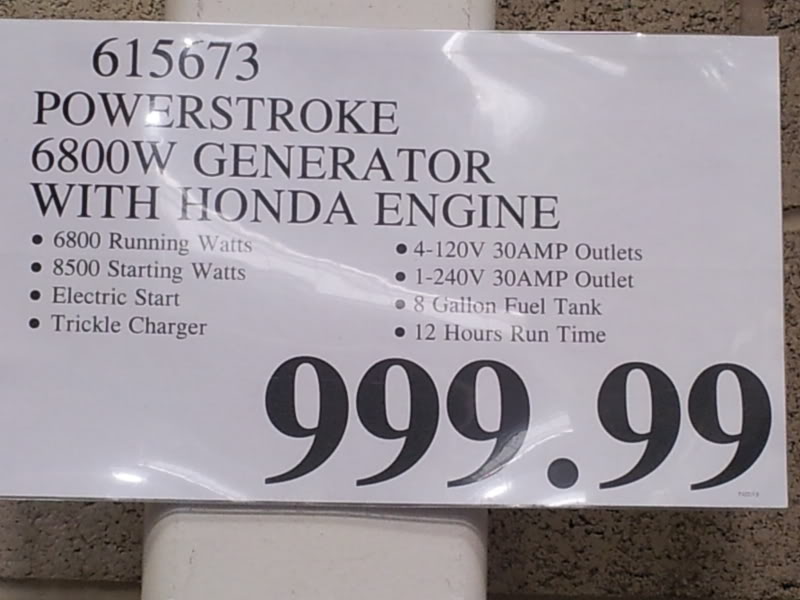CaptTom. That is an idea worth investigation. It is unlikely we would have an outage more than a few hours more than once every few years, so this looks promising.
Can you show an example DPDT (double pole, double throw) switch that would be appropriate for a 100 amp subpanel? Also, I have two 100 amp panels. Assuming I install two switches, can a single generator be attached to both simultaneously?
While the idea of a simple knife switch might sound like a good solution, using a knife switch like the one in the photo should be avoided.
The reason is that the knife switch shown is open, exposing persons to hazardous voltages. You could put it in a can, but then you'd have to open the can to switch sources, and it would not be legal in many jurisdictions.
If you are going to power a 100 amp sub panel then get a simple 100 amp manual transfer switch. They will be in a enclosure, and will have an operating lever on the side.
For a whole house setup things get a little more complicated. You need to have a breaker in between your meter and the transfer switch. This breaker becomes your "service entrance". This breaker can either be separate, or built into a transfer switch. Transfer switches with a service entrance braker installed in them are listed as "service entrance rated"
When buying a transfer switch look for a UL1008 listed unit. UL1008 is the listing, showing that a piece of equipment is certified for use by UL as a transfer switch. Many jurisdictions require a UL1008 listing on transfer switches, as UL listings were incorporated into the 2003 NEC, if my memory is correct.
UL 1008 is not a NEC firm requirement, even though it is listed in the NEC in Annex A. That may sound wishy washy, but heres how it works. Annex A of the NEC is a list of equipment usage, and the UL listing that equipment should have for that usage. Annex A is a guide for inspectors to determine if a piece of equipment is installed and used in the manner that its UL listed for.
The challenge is that inspectors and municipalities have significant lattitude as to what they will accept in their jurisdiction and what they will not accept. Many jurisdictions will not accept a piece of equipment for service unless it carries the proper UL certification for its intended use, as described by Annex A of the NEC.
Case in point is a three way knife switch. If it is not rated with a UL 1008 rating, it can and will be turned down in many jurisdictions. That does not mean its not safe. It just means that the inspector cannot show that its intended use is as a transfer switch.





